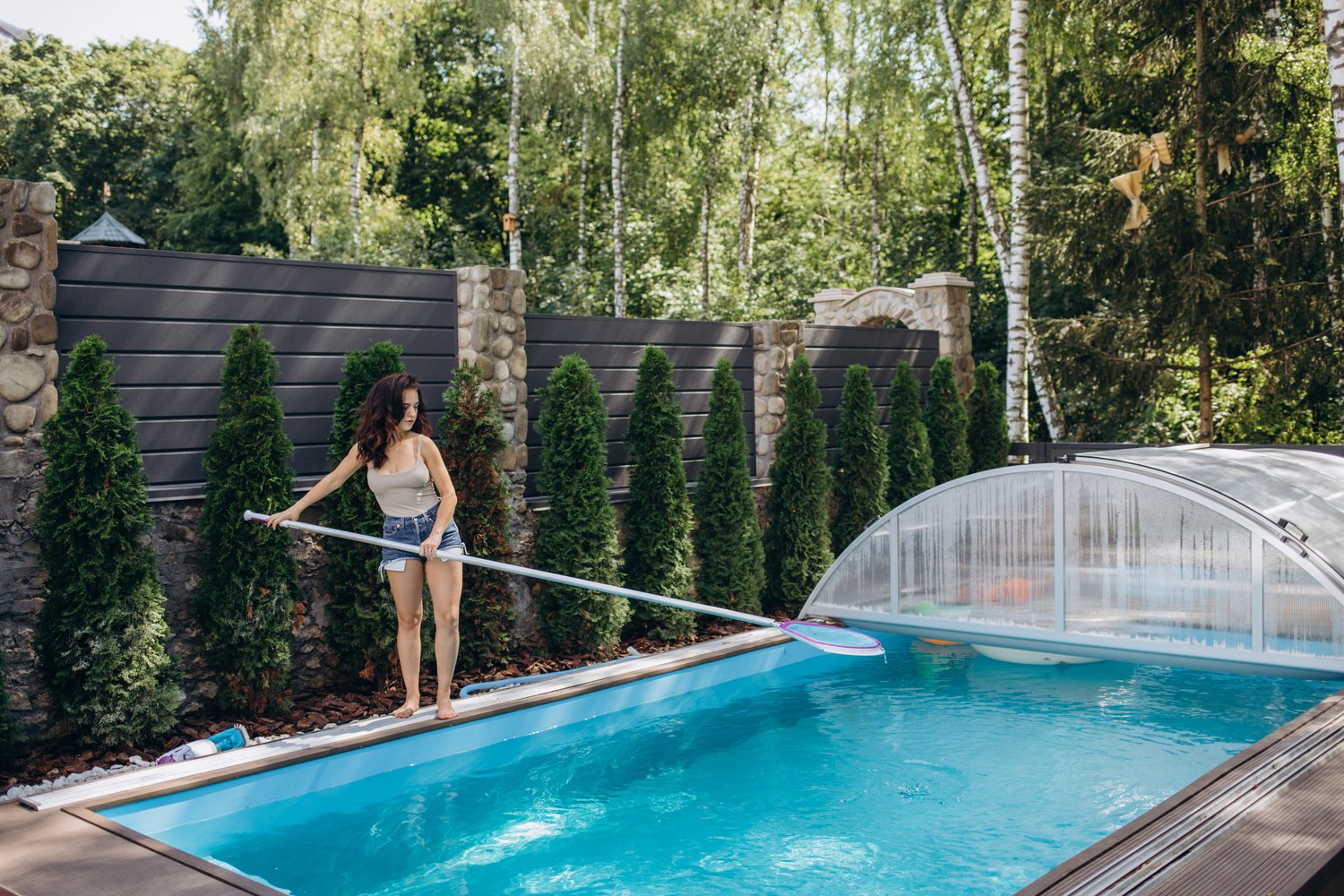Struggling with your electric pool cover can be frustrating, especially when the cover refuses to budge just as guests arrive for a swim. A smooth-operating pool cover not only keeps your pool pristine but also enhances safety, an increasingly recognized necessity in any household with a pool. This article sheds light on the intricate dance between track alignment and switch control to help you maintain your pool cover effortlessly.
- Discover why electric pool cover track misalignment is often traced back to environmental factors or wear and tear.
- Unravel the complexities of switch control issues that might be impacting your cover’s functionality.
- Amplify your understanding of troubleshooting techniques to extend the life of your pool cover system.
Through this guide, you’ll gain insights into ensuring your pool cover system remains in top condition, empowering you to handle issues proactively and avoid costly repairs. Dive into this essential content to transform your pool maintenance approach and keep each swim enjoyable and safe.
Understanding Electric Pool Cover Motor Issues: Importance of Track and Switch Control Solutions
Electric pool covers are a popular choice for ensuring safety and convenience in pool maintenance. These systems work efficiently to protect your pool from debris while also providing a safety layer for children and pets. However, operational issues with pool cover motors are not uncommon.
Two major areas that often cause concern are track alignment and switch control mechanisms. When these elements function improperly, the entire system’s performance and durability can be compromised.
Understanding the nuances of these components is crucial. Recognizing how proper track alignment and well-maintained switch controls contribute to optimal pool cover operation is a vital part of ensuring long-term performance and safety.
Effective maintenance and timely solutions to these issues can significantly enhance the lifespan and functionality of electric pool cover systems.
Common Causes of Electric Pool Cover Track Misalignment
Track misalignment in electric pool covers is a frequent problem that can disrupt the smooth operation of the motorized system. Understanding what leads to this misalignment can help in diagnosing and fixing the issue efficiently.
Environmental conditions play a significant role. Factors like strong winds, heavy rainfall, and temperature fluctuations can all affect the alignment of the tracks. These environmental stresses can gradually shift the tracks out of position.
Improper installation is another common reason for track misalignment. If the tracks are not installed correctly or securely, they are more likely to move under the pressure of regular use.
Regular wear and tear is inevitable with any mechanical system. Over time, components may degrade or become less effective, causing the tracks to misalign.
Recognizing these causes is the first step in implementing effective solutions, ensuring your electric pool cover remains functional and reliable.
Switch Control Challenges and Their Impact on Electric Pool Cover Motor Functionality
Switch control is integral to the smooth operation of electric pool cover motors. When difficulties arise in this area, they can lead to significant disruptions. Whether due to faulty wiring or damaged components, these issues can impair the motor’s functionality, making it crucial for homeowners to understand the underlying problems and solutions.
One of the primary roles of switch control is to manage the flow of electricity to the motor. If the wiring becomes loose or experiences corrosion, it can interrupt this flow, leading to inefficiencies and intermittent power delivery. Additionally, damaged components, such as broken switches or worn-out connectors, might create an inconsistent electrical path, resulting in erratic motor behavior.
Addressing these challenges early is vital for the system’s longevity. Begin by conducting a thorough inspection of the switches and wiring connections. Use a multimeter to check for continuity and voltage levels, ensuring that the system consistently receives the necessary power. If discrepancies are found, tighten loose connections or replace damaged parts promptly to restore optimal function.
Implementing regular maintenance and troubleshooting can prevent additional complications and reduce the likelihood of costly repairs. Homeowners should schedule periodic inspections and not hesitate to consult a professional if advanced repair work is required.
By understanding and addressing switch control challenges quickly, pool owners can enhance the reliability of their electric pool covers. This proactive approach enhances the safety and convenience of having an automated pool cover system. Regular care and prompt attention to switch control issues ensure that the entire electric pool cover system continues to operate efficiently.
Frequently Asked Questions About Electric Pool Cover Motors
What are common causes of track misalignment?
- Environmental factors
- Improper installation
- Wear and tear
How can I identify switch control issues with my pool cover motor?
Check for faulty wiring or damaged components.
What are the impacts of failing switch controls?
They can severely impact motor functionality, affecting system reliability.
How often should I perform maintenance on my electric pool cover motor?
Regular maintenance should be performed annually or as needed.
What is the first step in addressing motor issues?
Identify the root cause, whether it’s track misalignment or switch control problems.





